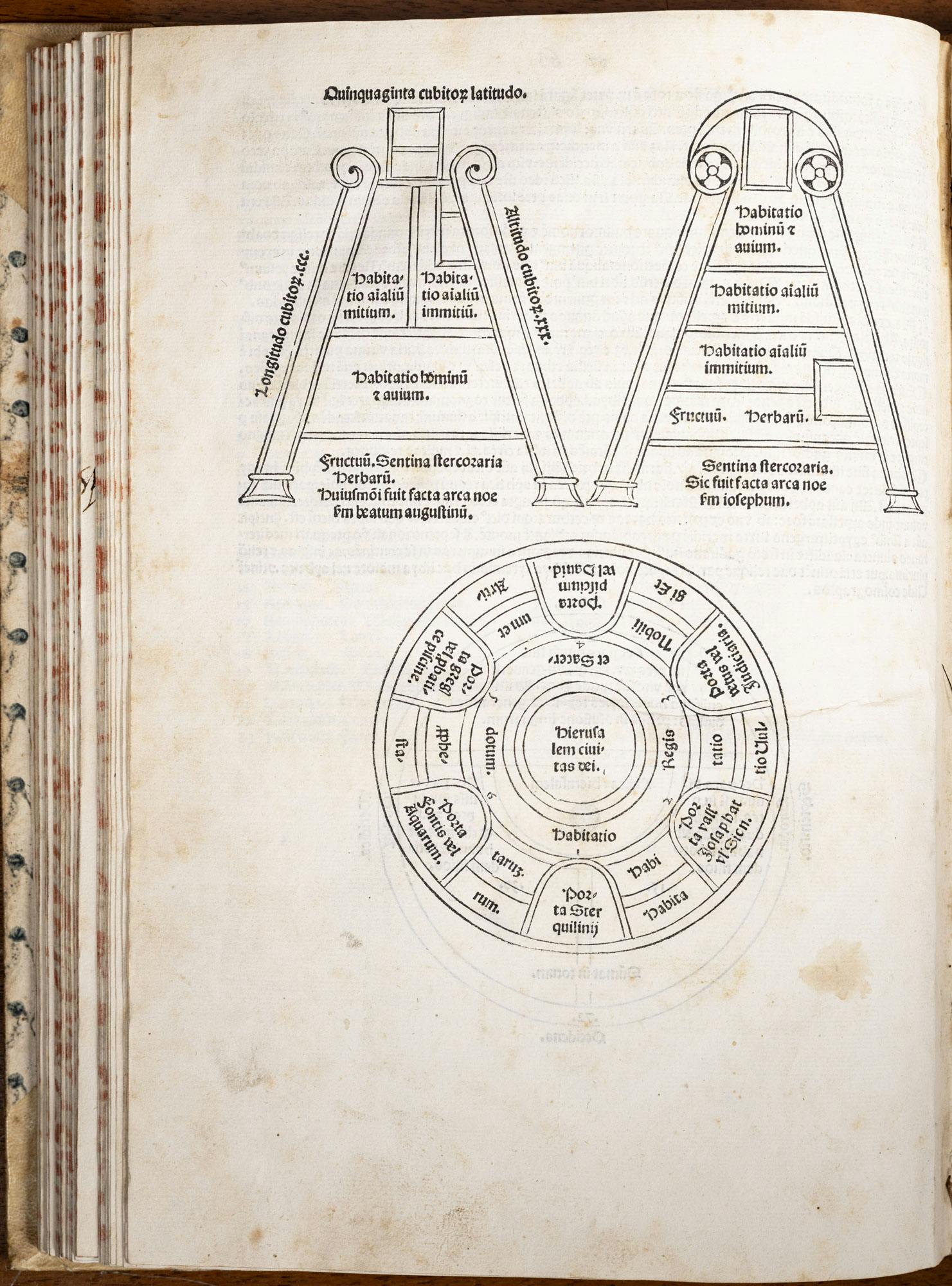Suidas Lexicon
The Suda was an authoritative Byzantine lexicon dating back to the 10th century. Until the early 20th century, people identified the word Suida as referring to the author's name Soudas or Souidas, according to the testimony of Stephanus, a commentator of Aristotle, and to the interpretation of Eustathius of Thessalonica, who in the 13th century confused the title with the author's name, thus Hellenising the barbarian form Suda into Suida.
Nowadays, historians agree that Suida was a title, although the explanation of the term is controversial: according to Franz Dölger, it probably originates from the Byzantine Greek word souda, meaning fortress or stronghold, while Paul Maas speculated that the name was derived from the imperative of the Latin verb sudāre.
There is little information about the compiler of the Suda, who was probably a clergyman devoted to literary studies living in the 10th century at the time of Basil II and Constantine VIII, although a recent theory sees the composition of the dictionary as a collective work made by scholars, i.e. in the context of medieval Christian philosophy.
The Suda is both a lexicon and an encyclopaedia. As a matter of fact, this unique dictionary contains both vocabulary words and their explanations, as well as biographical, literary, scientific, geographical, historical and other entries.
The volume, which represents the most extensive Greek lexicon that came down to us, opens with a short list of eleven authors and includes 30,000 headwords ordered according to Byzantine pronunciation, with exceptions to the normal alphabetical order.
Even though the work is not of great lexical value, it provides innumerable information on authors, works, customs and cults of the 10th century, and is still the subject of study and research by classical philologists.
The dictionary enjoyed great success in the Middle Ages and Humanism, when it was printed several times.
The copy preserved in the Uffizi Library, which represents the editio princeps of the work, was printed in Milan in 1499 by Giovanni Bissoli and Benedetto Dolcibelli del Mangio. The two printers had already formed a publishing company in 1498 and, by taking advantage of unfair competition, they imitated Aldo Manuzio's layouts and fonts (aldini 114G). In particular, they copied the fonts made with stamps that were designed and cast by Bissoli to create a clear cursive with beautiful capital letters.
In 1499, the printers formed a partnership with the humanist Demetrio Calcondila. The colophon indicates that the work was printed in Milan on 15 November 1499: “Impressum Mediolani: Impensa&dexteritate D. Demetrii Chalcondyli Ioannis Biffoli Benedicti Mangii Carpensium, 1499 15 nouembris”. The book had a print run of 800 copies, with a selling price of 4 gold scudi. The publishers managed to print the work in a large format (in folio).
The text of the lexicon is said to have been taken from an apograph (the copy of an original) already purchased by Calcondila for 25 gold scudi.
The printers also stood out for the originality of the typographic marks, namely the trademarks that distinguished the original editions. In this copy, the typographic mark is very refined and depicts two flowering shoots tied by a ribbon on a black background, with a motto taken from Horace: “Sudavit et alsit”.
Manuscript 211, which is preserved in the Uffizi Galleries, testifies that the work came from the Convento dell'Annunziata, and that in 1810 it was moved to the Royal Galleries following the Napoleonic suppressions.
